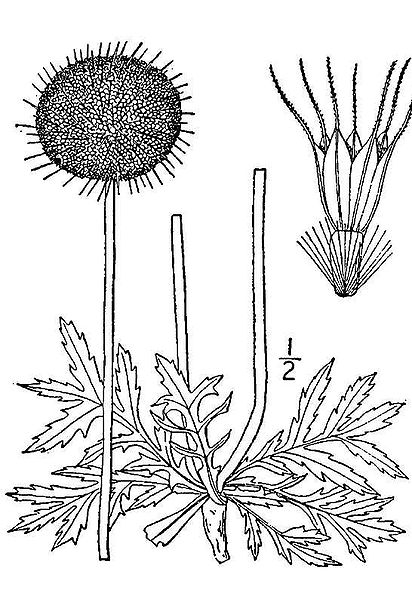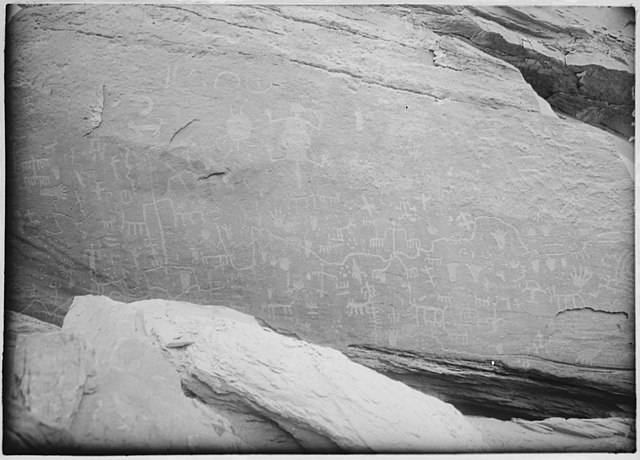 |
| Montana cowboys, c1910 |
Here’s another set of terms and forgotten people gleaned
from early western fiction. Definitions were discovered in various online
dictionaries, as well as searches in
Cassell’s Dictionary of Slang,
Dictionary of the American West, The New Encyclopedia of the American West, The
Cowboy Dictionary, The Cowboy Encyclopedia, Vocabulario Vaquero, I Hear America
Talking, Cowboy Lingo, and The
Shorter Oxford English Dictionary.
These are from Alice Harriman’s A Man of Two Countries, a political drama set in early Montana, and Agnes
Laut’s The Freebooters of the Wilderness, about theft of public lands in the West. Once again, I struck out on
a few. If anyone has a definition for “the jigs,” “rastical,” “copper gentry,”
“full pelther,” “sternwheeler hat,” “chack up,” or “tum-jack,” leave a comment
below.
bally = an intensifier; cf. bloody. “Don’t be a bally fool
and buck into a buzz-saw!” Agnes C. Laut, The Freebooters of the Wilderness.
blind pig =
an unlicensed drinking house. “You make
the Senator’s job and your job and public service all round a bunco game, a
bunco game with marked cards; while we Service and Land fellows act the decent
sign for a blind pig.” Agnes C. Laut, The Freebooters of the Wilderness.
buffer = a fool. “Every bar-room buffer in the country side
will know it by night.” Agnes C. Laut, The Freebooters of the Wilderness.
by Harry =
a mild expletive. “‘By Harry,’ cried
Wayland, ‘that mule does smell water.’” Agnes C. Laut, The
Freebooters of the Wilderness.
cartwheel hat =
a woman’s hat with a low crown and a wide
stiff brim. “Eleanor took a quick glance at her neighbors, all men but the
cart-wheel-hat to one side and a little young-old lady opposite.” Agnes C.
Laut, The Freebooters of the Wilderness.
catspaw = a person used as a tool by another. “Be sure that
she is promised something she thinks worth her while, by Bob or by Moore, for
her sudden interest in politics and—Charlie Blair. She is a good catspaw.”
Alice Harriman, A Man of Two Countries.
choke off =
to silence or get rid of someone, stop a
person’s activities. “Choke it off! He’s staying with Missionary Williams at
the Indian School, and you know about how much love is lost between Williams
and Moyese.” Agnes C. Laut, The Freebooters of the Wilderness.
clockwork =
embroidery or woven work on the side of
stockings. “She raised her eye lashes and looked the speaker over from the
undertaker’s plumes and the gold teeth and the ash colored V of skin to the
clock-work stockings and high heeled slippers.” Agnes C. Laut, The
Freebooters of the Wilderness.
congé = dismissal, permission to depart. “Father will be
furious when he knows that I’ve given Mr. Burroughs his congé.” Alice Harriman,
A Man of Two Countries.
dee-fool =
damn fool. “One of the first things Moyese
told me when I went on his paper was never to monkey with the dee-fool who
wastes time justifying himself.” Agnes C. Laut, The Freebooters of the
Wilderness.
entryman =
one who enters upon public land with
intent to secure an allotment under homestead, mining, or other laws. “I didn’t
know Senator had his drag net out for parsons as dummy entrymen!” Agnes C.
Laut, The Freebooters of the Wilderness.
 |
| Everlasting pea |
everlasting =
flowers or foliage that retains form or
color for a long time when dried. “It was the Ranger in his sage green Service
suit wearing a sprig of everlasting in his Alpine hat.” Agnes C. Laut, The
Freebooters of the Wilderness.
floater = a writer who travels to gather and write up often
erroneous impressions. “Bat’s floater was working for a Chicago boomster, who
had issued a magazine to boom Western real estate.” Agnes C. Laut, The
Freebooters of the Wilderness.
frap = to strike, beat. “The old frontiersman literally
avalanched off his broncho and made a dash at the tent flap, frapping it loudly
with the flat of his hand.” Agnes C. Laut, The Freebooters of the
Wilderness.
frontier knock =
a scratching sound made on the flap of a
tent. “She had heard the unmistakable voice of Mr. Moore. Had he used that
frontier knock?” Alice Harriman, A Man of Two Countries.
 |
| Gaillardia suavis |
gaillardia =
an American flower of the daisy family,
cultivated for its bright red and yellow flowers. “The gold of yellow midsummer
light dyed in the asters and sunflowers and great flowered gaillardias and
golden rod, with an odor of dried grasses or mint or cloves.” Agnes C. Laut, The
Freebooters of the Wilderness.
ghost walker =
a person who feigns or fabricates an
assignment. “ ‘High brows,’ ‘dreamers’ ‘ghost walkers,’ ‘barkers,’ ‘biters,’
‘muck-rakers!’ Oh, he knew the choice names that lawless greed cast at such as
he.” Agnes C. Laut, The Freebooters of the Wilderness.
gird at = to jeer or jibe. “‘N-o,’ hesitated the lawyer,
divided between a desire to gird at the doctor, or to soothe his civic pride.”
Alice Harriman, A Man of Two Countries.
headlights =
false or capped teeth. “The gold
headlights suffered eclipse behind a pair of tightly perked lips.” Agnes C.
Laut, The Freebooters of the Wilderness.
job = to turn a public office or position of trust to
personal advantage. “Fight for all the fellows in the Land and Forest Service
when they see a steal being sneaked and jobbed!” Agnes C. Laut, The
Freebooters of the Wilderness.
jug through =
to deceive, either jokingly and through
some illegality. “He stole ’em, those coal lands. He jugged ’em thro’ Land
Office records with false entries.” Agnes C. Laut, The Freebooters of the
Wilderness.






































_Peace_Commissioners._L_to_R,_Chas._Bassett,_W._H._Harris,_Wyatt_Earp,_Luke_Short,_L._McLean,_Bat_Mas_-_NARA_-_530990.jpg/482px-%22Dodge_City_(Kans.)_Peace_Commissioners._L_to_R,_Chas._Bassett,_W._H._Harris,_Wyatt_Earp,_Luke_Short,_L._McLean,_Bat_Mas_-_NARA_-_530990.jpg)


